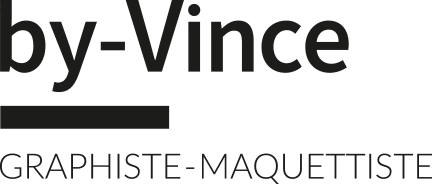Financial Statement Assertions: Understanding Their Role in the Audit Process

Based on this risk profile, assertions most at risk are prioritized for testing. While audit assertions serve as the conceptual framework, it is audit evidence that forms the practical foundation for conclusions. Auditors must collect sufficient and appropriate evidence to determine whether the assertions made by management are valid. Without that evidence, the reliability of financial statements cannot be reasonably confirmed. Cut-off is closely related to completeness and accuracy, but it focuses on the timing of financial transactions. This assertion ensures that transactions are recorded in the correct accounting period and not shifted forward or backward to influence the results of a particular reporting cycle.
Assertions in Auditing
The revisions in SAS No. 145 do not change the key concepts assertion audit definition underpinning audit risk. In this context, auditors must ensure that companies recognize liabilities if they have an obligation. This assertion concerns the definition of “liabilities” in the contextual framework.
Purpose and Objectives of Auditing Financial Statements
Company executives make assertions about transactions, account balances, and related disclosures when they sign financial reports. These https://maur.ro/2022/05/25/certified-public-accountant-what-the-cpa/ claims can be direct (clearly expressed) or indirect (understood but not stated). Let’s consider the account “Accounts Receivable” (A/R) from a company’s balance sheet and see how auditors might approach relevant assertions with respect to this account.
Common Risks to Audit Assertions
- Techniques such as regression analysis, clustering, and outlier detection enable auditors to focus on high-risk areas with greater precision.
- ISA 315 requires auditors to understand the entity and its environment, including internal controls, to assess the risk of material misstatements.
- The significant assertions in the audit include Assertions regarding transactions, such as occurrence, completeness, and accuracy.
- These observations can reveal discrepancies between documented procedures and actual practices, highlighting areas where internal controls may be lacking.
- Audit assertions/management assertions are claims made by management regarding the truth and fairness of the financial statement.
- Current assets are often agreed to purchase invoices although these are primarily used to confirm cost.
The goal is to ensure recorded transactions genuinely took place, following guidelines like the International Financial Reporting Standards (IFRS) or Generally Accepted Accounting Principles (GAAP). By doing so, auditors can prevent fictitious transactions from misleading stakeholders, preserving the integrity of the financial reports. They involve procedures usually used by the auditors to test a company’s guidelines, policies, internal controls, and financial reporting processes. These Online Accounting assertions are the explicit or implicit representations and claims made by the management of a company during the preparation of their company’s financial statements. By confirming these assertions, auditors aim to ensure that the financial statements are complete, accurate, and properly recorded.
These assertions include matters pertaining to the classification of accounts, as well as ones pertaining to assets, liabilities, and equity at the end of the given period. Therefore, it can be seen that when management prepares financial statements, they make five assertions regarding each line in the financial statements. These assertions form a consolidated basis from which external auditors are able to develop a set of audit procedures. For example, auditors can examine an expense by checking the supporting documents.
- Financial statement assertions guide auditors in designing audit procedures and evaluating the results of those procedures.
- On the other hand, account balance assertions are applicable on the balance sheet.
- This assertion examines whether the company holds the rights to its reported assets and is obligated to its stated liabilities.
- Management assertions cover areas like account balances, transactions, and presentation of financial information.
- By assessing the risk of material misstatement, auditors can allocate resources effectively, focusing on high-risk areas such as revenue recognition or complex financial instruments.
- Specific audit procedures get selected based on risk assessment and related assertions.
- Auditors spot these issues by comparing financial statement amounts with underlying records.





